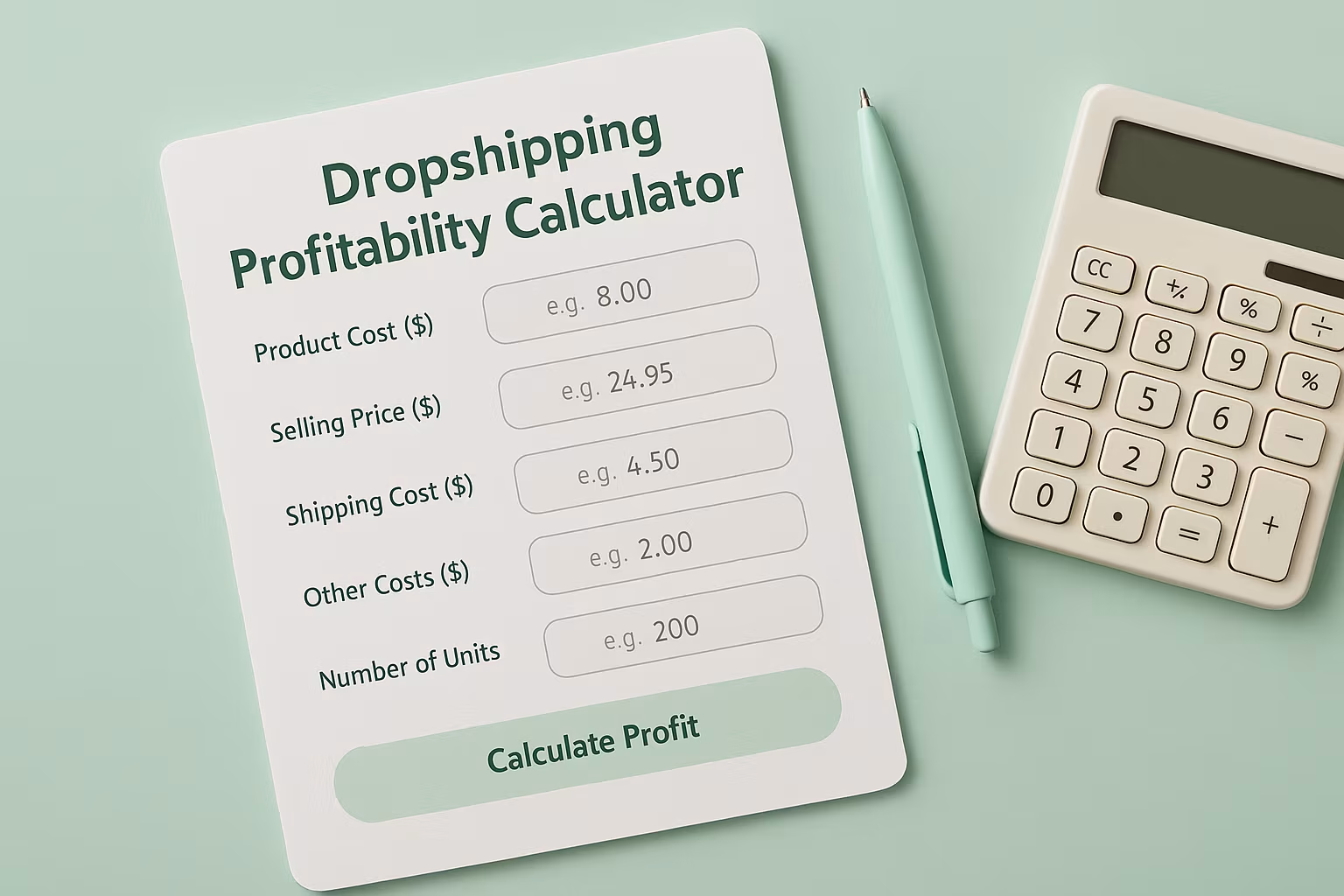
In the highly competitive beauty industry, tracking the right key performance indicators (KPIs) can be the difference between thriving and merely surviving.
With the global beauty market projected to exceed $580 billion by 2027, and digital spending on the rise, data-driven decisions are more crucial than ever.
Yet, only 22% of businesses feel confident using their data effectively. This makes it essential to ask: What are the KPIs beauty brands should actually track to cut through the noise and focus on metrics that truly drive performance?
Essential Beauty Brand KPIs for Sustainable Growth
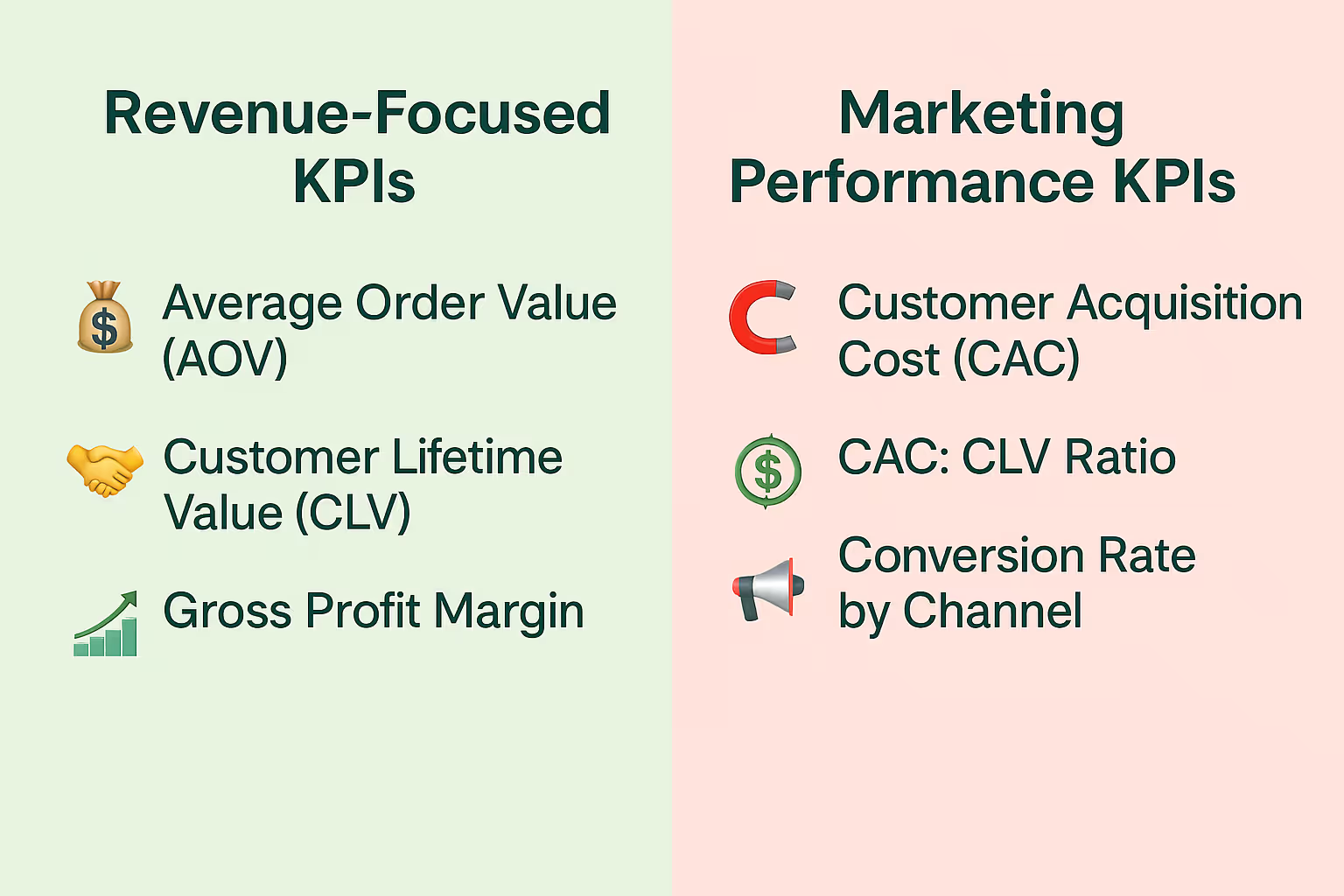
The beauty industry presents unique challenges that require specific performance tracking.
Here are the most impactful KPIs beauty brands should monitor:
Revenue-Focused KPIs
When it comes to scaling a beauty brand, revenue-focused KPIs show you what’s really driving sales and growth.
Average Order Value (AOV)
Average Order Value shows how much customers typically spend in a single transaction. For beauty brands, increasing AOV often delivers better returns than acquiring new customers.
- To calculate: Total Revenue ÷ Number of Orders
How to improve AOV:
- Implement strategic product bundling (e.g., cleanser + toner + moisturizer sets)
- Offer tiered free shipping thresholds
- Create limited-edition collections that encourage multiple purchases
Customer Lifetime Value (CLV)
Customer Lifetime Value represents the total revenue a business can expect from a single customer throughout their relationship. For beauty brands, this metric is particularly valuable because repeat purchases drive profitability.
- To calculate: Average Purchase Value × Average Purchase Frequency × Average Customer Lifespan
Beauty brands with subscription models or product lines that encourage replenishment (like skincare) should pay special attention to CLV, as it often justifies higher initial customer acquisition costs.
Pro tip: Track CLV segmented by acquisition channel to identify which marketing efforts bring in your most valuable long-term customers, not just one-time purchasers.
Gross Profit Margin
While revenue figures can be impressive, profit margins reveal the true health of a beauty business.
- To calculate: [(Total Revenue - Cost of Goods Sold) ÷ Total Revenue] × 100
Beauty brands should aim for margins between 50% and 80%, depending on positioning and distribution strategy. Premium direct-to-consumer brands typically achieve higher margins than those heavily dependent on retail distribution.
For beauty entrepreneurs looking to maximize profitability, a proper pricing strategy for skincare products can dramatically impact overall margins.
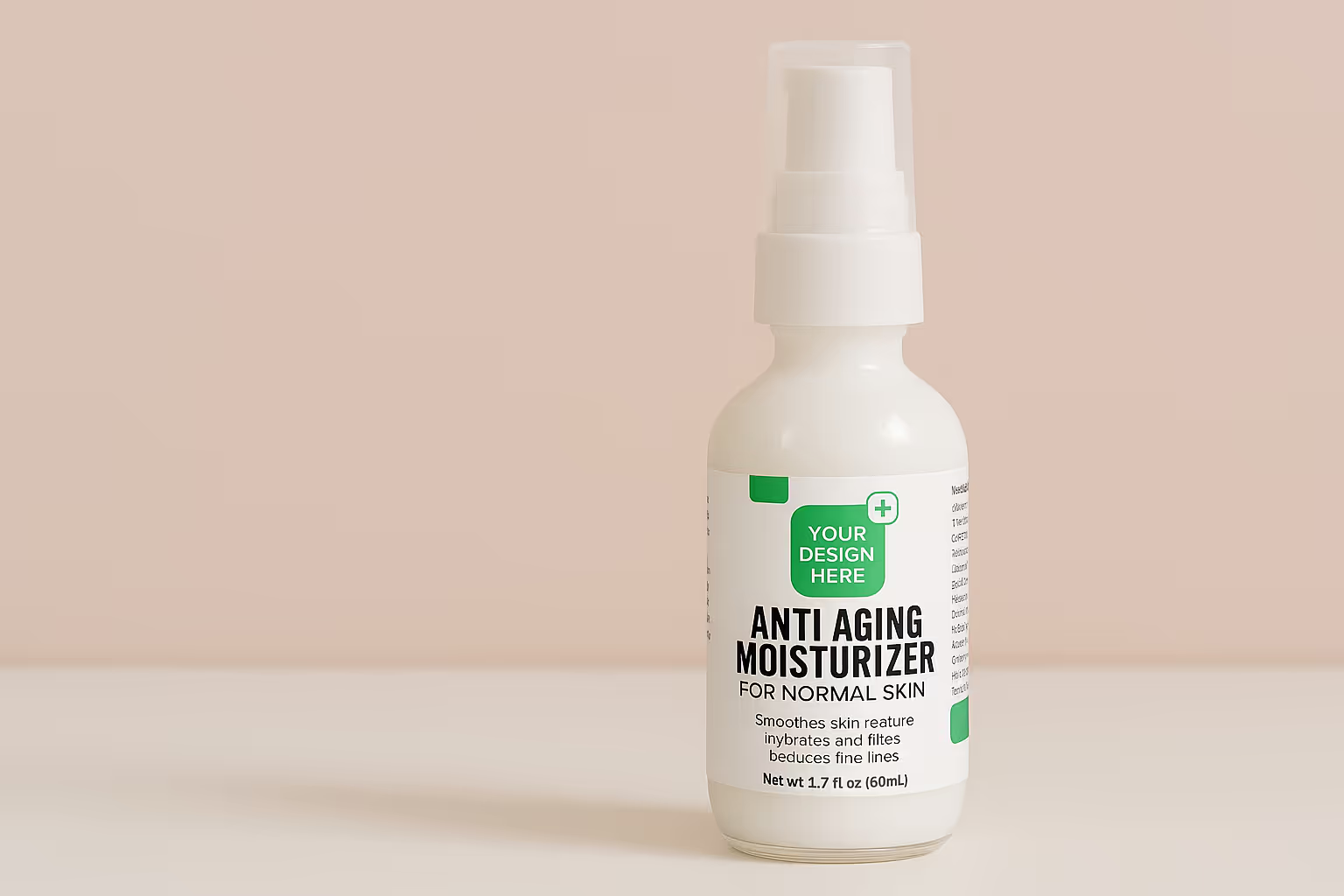
Marketing Performance KPIs
Marketing performance KPIs help you understand what’s working, what’s not, and where to focus for better brand visibility and ROI.
Customer Acquisition Cost (CAC)
This metric reveals how much you're spending to acquire each new customer.
- To calculate: Total Marketing Expenses ÷ Number of New Customers Acquired
The beauty industry typically sees higher CAC than other e-commerce categories due to competition and the visual nature of product marketing. However, when balanced against a strong CLV, higher acquisition costs can be justified.
CAC: CLV Ratio
This critical ratio shows whether your customer acquisition strategy is sustainable.
- To calculate: Customer Lifetime Value ÷ Customer Acquisition Cost
For beauty brands, aim for a minimum 3:1 ratio, meaning each customer generates three times more revenue than it costs to acquire them. Anything below 2:1 signals potential trouble.
Conversion Rate by Channel
Beauty brands typically market across multiple channels, from Instagram and TikTok to email and paid search.
- To calculate: (Number of Conversions ÷ Total Visitors) × 100
Track conversion rates separately for each channel to identify which platforms convert best for different product categories.
For example, skincare products with scientific claims might convert better through educational email sequences, while color cosmetics may perform better on visual platforms.
For brands leveraging social media influencers, tracking dedicated KPIs for influencer marketing campaigns can provide deeper insights into performance.
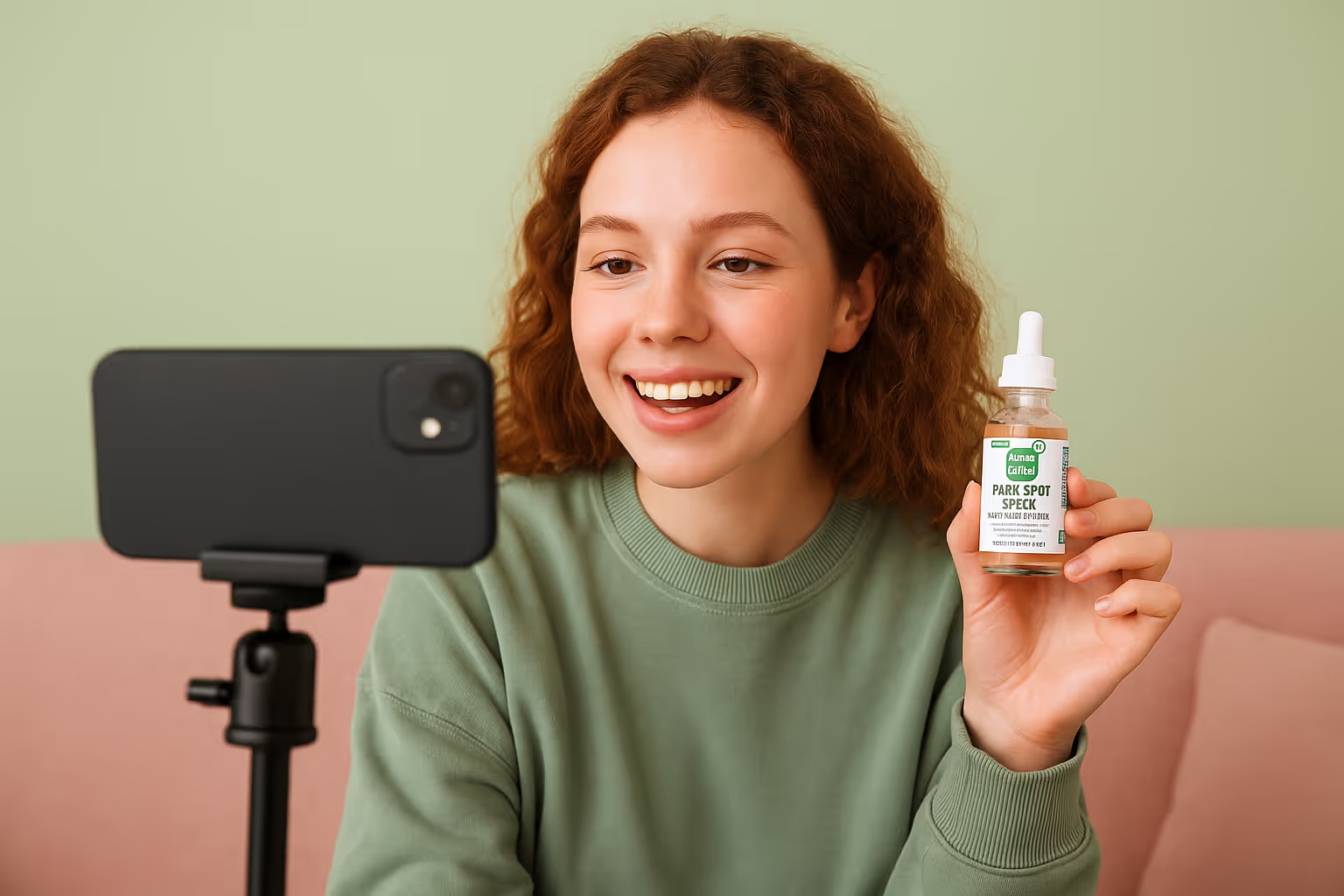
Operational Efficiency KPIs
Operational efficiency KPIs reveal how smoothly your beauty brand runs, highlighting where to cut costs, streamline workflows, and boost overall performance.
Inventory Turnover Rate
Beauty products have expiration dates, making inventory management crucial for profitability.
- To calculate: Cost of Goods Sold ÷ Average Inventory Value
A healthy inventory turnover rate for beauty brands typically falls between 4-6 times annually. Lower rates may indicate excess stock or slow-moving products, while higher rates might suggest stockouts or missed sales opportunities.
Return Rate
The beauty industry faces unique challenges with returns due to product sensitivities and color matching issues.
- To calculate: (Number of Items Returned ÷ Total Items Sold) × 100
Benchmark your return rate against industry standards (typically 5-10% for beauty). Higher rates might indicate product quality issues, misleading marketing, or inadequate product descriptions.
Fulfillment Accuracy
Customer satisfaction in beauty hinges on receiving exactly what was ordered in perfect condition.
- To calculate: (Error-Free Orders ÷ Total Orders) × 100
Beauty brands should aim for a minimum 98% fulfillment accuracy. Working with a specialized fulfillment solution can help maintain high standards while allowing brands to focus on product development and marketing.

Customer Experience KPIs
Customer experience KPIs show how well you're meeting expectations, helping you build loyalty, reduce churn, and create lasting brand fans.
Net Promoter Score (NPS)
NPS measures customer loyalty and predicts business growth through one simple question: "How likely are you to recommend our brand to friends or colleagues?"
- To calculate: % of Promoters (9-10 scores) - % of Detractors (0-6 scores)
Beauty brands should aim for an NPS of 50+. This industry thrives on word-of-mouth and recommendations, making NPS particularly valuable.
Repurchase Rate
Beauty products are consumables, making the repurchase rate a critical indicator of product satisfaction and brand loyalty.
- To calculate: (Number of Repeat Customers ÷ Total Customers) × 100
Typical repurchase rates vary by product category:
- Skincare: 25-40%
- Color cosmetics: 15-30%
- Haircare: 20-35%
Customer Satisfaction Score (CSAT)
This metric measures how satisfied customers are with specific interactions or products.
- To calculate: (Number of Satisfied Customers ÷ Total Survey Respondents) × 100
Beauty brands should track CSAT for:
- Product performance
- Customer service interactions
- Website/app experience
- Shipping and delivery

Digital Performance KPIs
Digital performance KPIs track how your brand performs online, from website traffic to conversion rates, so you can fine-tune for maximum impact.
Website Engagement Metrics
For beauty brands, the online experience directly influences purchasing decisions.
Key metrics to track:
- Average session duration (aim for 3+ minutes)
- Pages per session (4+ is excellent for beauty sites)
- Bounce rate (under 40% is ideal)
Social Media Engagement Rate
Beauty is inherently visual and social, making engagement metrics crucial indicators of brand health.
- To calculate: [(Likes + Comments + Shares) ÷ Total Followers] × 100
Benchmark engagement rates vary by platform:
- Instagram: 1-3% is good, 3-6% is excellent
- TikTok: 5-15% indicates strong performance
- Facebook: 0.5-1% is average, above 1% is strong
Email Marketing Performance
Email remains one of the highest-converting channels for beauty brands.
Key metrics:
- Open rate (20-30% is strong for beauty)
- Click-through rate (2-3% is solid)
- Revenue per email (track this against your average)
For brands using Shopify, implementing a comprehensive KPI dashboard can streamline tracking these metrics.
Tracking the right KPIs doesn’t just sharpen your strategy—it boosts profitability and helps you double down on what’s working. This cheat sheet breaks down the key ecommerce metrics beauty brands should watch to stay lean, profitable, and customer-focused.
Building a KPI Framework for Beauty Brands
Collecting data is only the first step; organizing it into actionable insights requires a framework.
The Beauty Brand KPI Pyramid
Structure your KPIs in order of importance:
- Top-level business KPIs (monthly review)
- Revenue growth
- Gross margin
- Customer acquisition cost
- Customer lifetime value
- Departmental KPIs (weekly review)
- Marketing: Channel-specific conversion rates, engagement metrics
- Operations: Inventory turnover, fulfillment accuracy
- Product: CSAT scores, return rates by product
- Tactical KPIs (daily review)
- Website traffic
- Social media engagement
- Daily sales velocity
Integration with Business Objectives
Each KPI should tie directly to a business objective:
- Growth objectives ↔ Customer acquisition metrics
- Profitability objectives ↔ Margin and efficiency metrics
- Brand building objectives ↔ Engagement and NPS metrics
For new beauty entrepreneurs, understanding these connections is essential when creating a beauty brand that's built to last.
KPI Benchmarking for Beauty
Compare your performance against:
- Historical performance - Track year-over-year and quarter-over-quarter changes
- Competitive benchmarks - Research industry reports for standard metrics
- Aspirational targets - Set goals based on industry leaders in your category
Common KPI Pitfalls for Beauty Brands

Tracking the wrong KPIs can lead to wasted effort and missed opportunities. Here are common pitfalls beauty brands should watch out for.
Vanity Metrics vs. Actionable Insights
Beauty brands often focus on metrics that look impressive but don't drive business decisions:
- Vanity metrics: Social media followers, website visitors, email list size
- Actionable metrics: Conversion rates, engagement rates, revenue per visitor
Over-Indexing on Growth vs. Profitability
Many beauty startups prioritize top-line growth over sustainable unit economics. In today's market environment, tracking profit-focused KPIs is increasingly important:
- Customer acquisition payback period
- Contribution margin by product
- Marketing efficiency ratio (MER)
Failing to Segment Data
Averages can be misleading. Beauty brands should segment KPIs by:
- Customer cohorts (first-time vs. repeat)
- Product categories (skincare vs. makeup)
- Price points (entry-level vs. premium)
- Acquisition channels (organic vs. paid)
Making KPIs Actionable
KPIs are only useful if they lead to action. Here’s how beauty brands can turn data into smart, strategic moves.
KPI Review Cadence
Establish a regular review schedule:
- Daily: Sales, website traffic, social engagement
- Weekly: Channel performance, inventory levels
- Monthly: Profitability, customer acquisition metrics
- Quarterly: Strategic KPIs, market position
Connecting KPIs to Incentives
Link team performance metrics to business outcomes:
- Marketing team: CAC, conversion rates
- Product team: Return rates, repurchase rates
- Customer service: NPS, CSAT scores
Technology Stack for KPI Tracking
Integrate these tools for comprehensive tracking:
- E-commerce platform analytics (Shopify, WooCommerce)
- Marketing analytics (Google Analytics, Facebook Pixel)
- Customer data platform (Segment, Klaviyo)
- Visualization tools (Databox, Google Data Studio)
For established brands looking to scale their operations, implementing an e-commerce KPI spreadsheet can create visibility across departments.
Taking Action: From KPIs to Growth Strategy
Beauty brands that thrive don't just collect metrics; they use them to drive strategic decisions. Here's how to transform KPI insights into growth:
- Identify underperforming areas - Look for metrics falling below benchmarks
- Prioritize opportunities - Focus on KPIs with the greatest potential impact
- Test and iterate - Implement changes and measure results against baselines
- Scale what works - Double down on successful initiatives
Beauty entrepreneurs interested in private label skincare can use these KPI frameworks to monitor product performance and make data-driven formulation decisions.
Strategic Layering: Revealing Hidden Gaps in Your KPI Strategy
Most beauty founders track surface KPIs like CAC and CLV, but the real advantage comes from triangulating multiple metrics to spot inefficiencies.
For instance, combining AOV, Fulfillment Accuracy, and Return Rate can show if bundles are driving higher returns due to shipping errors. Or pairing Repurchase Rate, CSAT, and Product Return Rate helps uncover which products build loyalty and which disappoint.
Advanced brands also segment KPIs by customer journey stage, from first purchase to repeat buys, allowing tailored strategies at each touchpoint.
Layering metrics this way turns KPIs from static numbers into predictive tools that guide smarter decisions and faster growth.
Your Beauty Brand's Data-Driven Future
The beauty industry evolves quickly, with shifting consumer trends, marketing tactics, and distribution models. Brands that build a strong KPI foundation can adapt with confidence and drive sustainable growth.
Instead of getting overwhelmed by data, focus on KPIs tied directly to your business goals. Start with the core metrics outlined here, review them regularly, and expand your tracking as your brand scales.
Ready to grow with confidence? Start implementing these essential KPIs today and turn data into a clear path forward.
FAQ
Related blogs
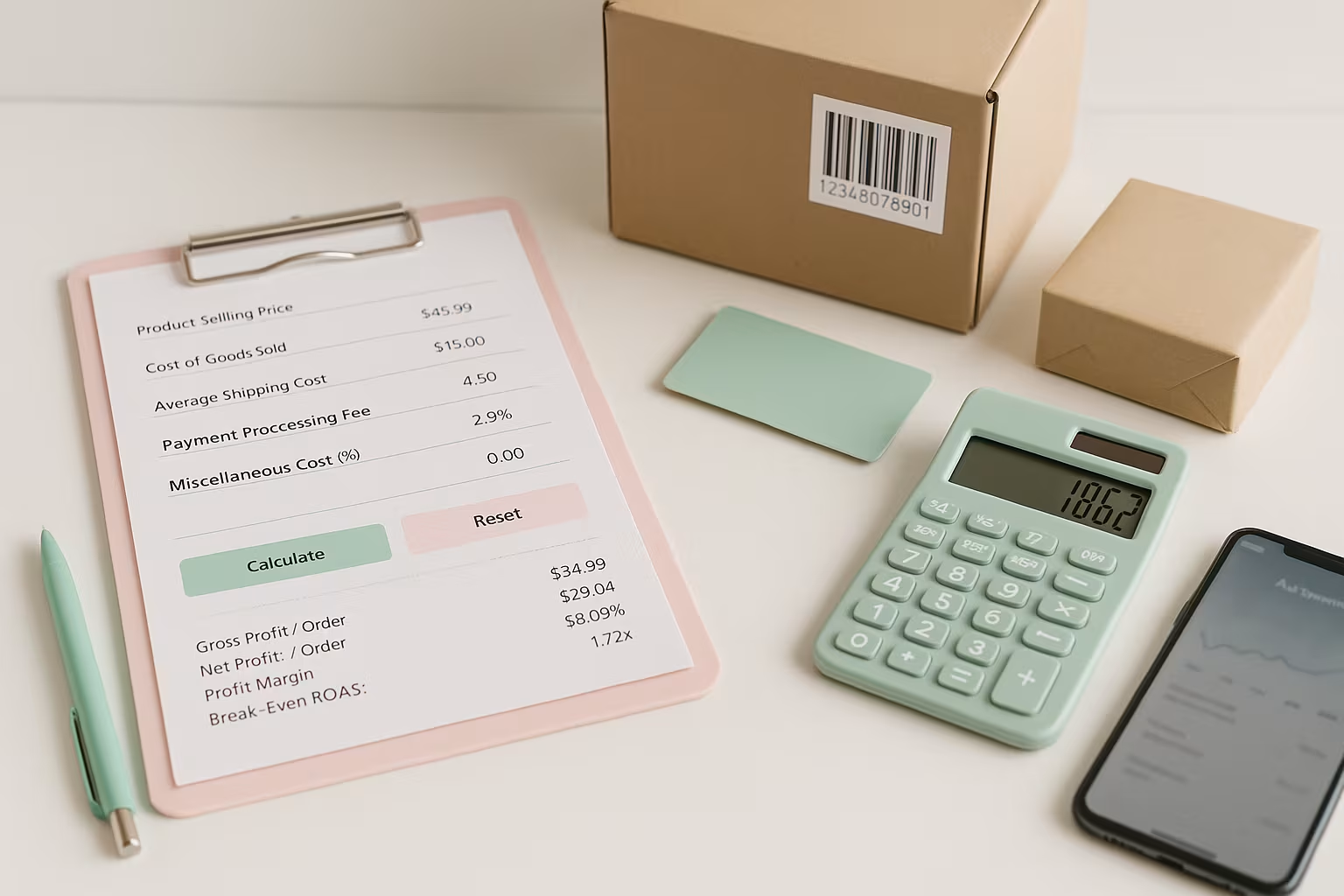
Break-Even ROAS Calculator: Find Out What You Can Afford to Spend on Ads
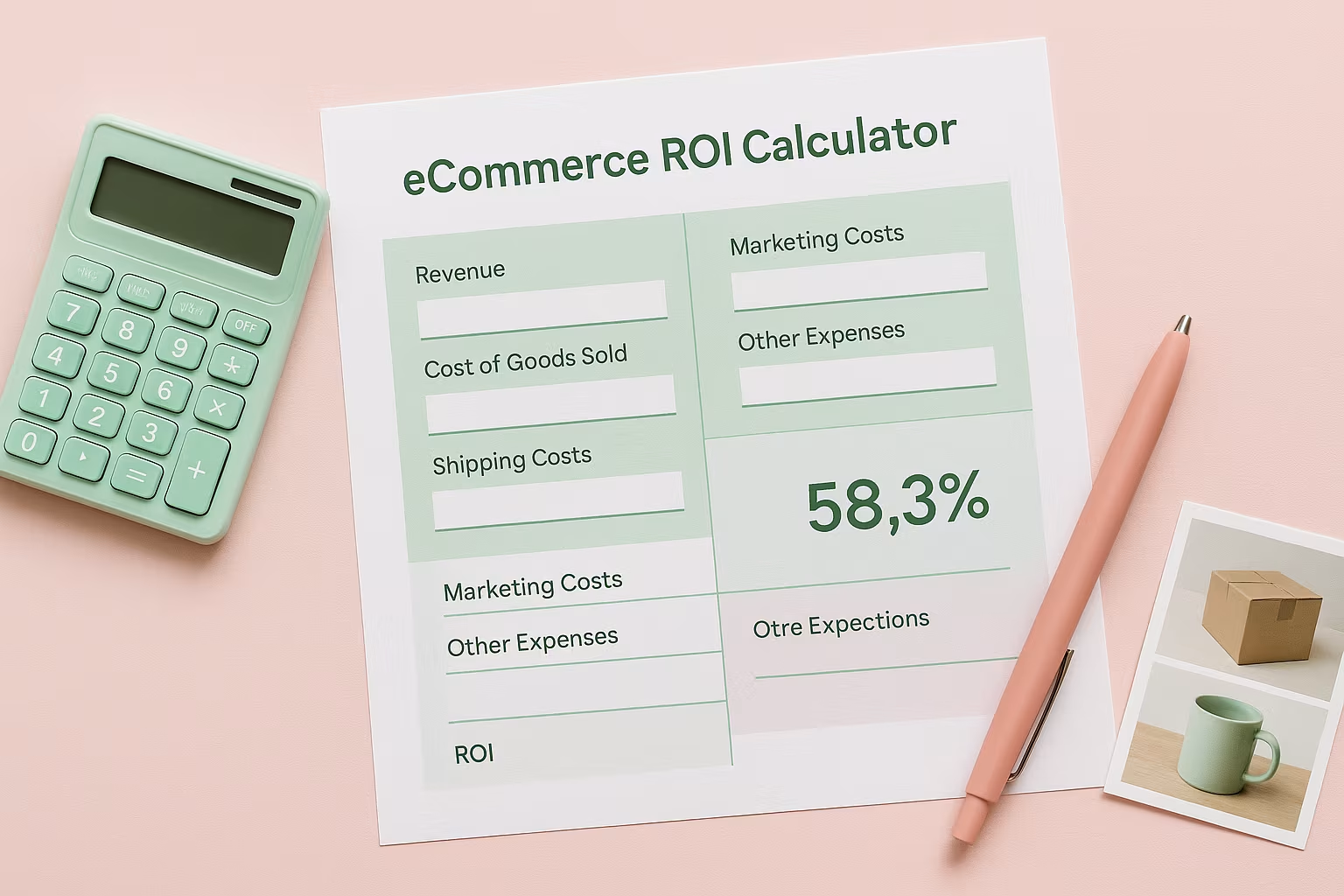
Ecommerce ROI Calculator: Scale Your Store
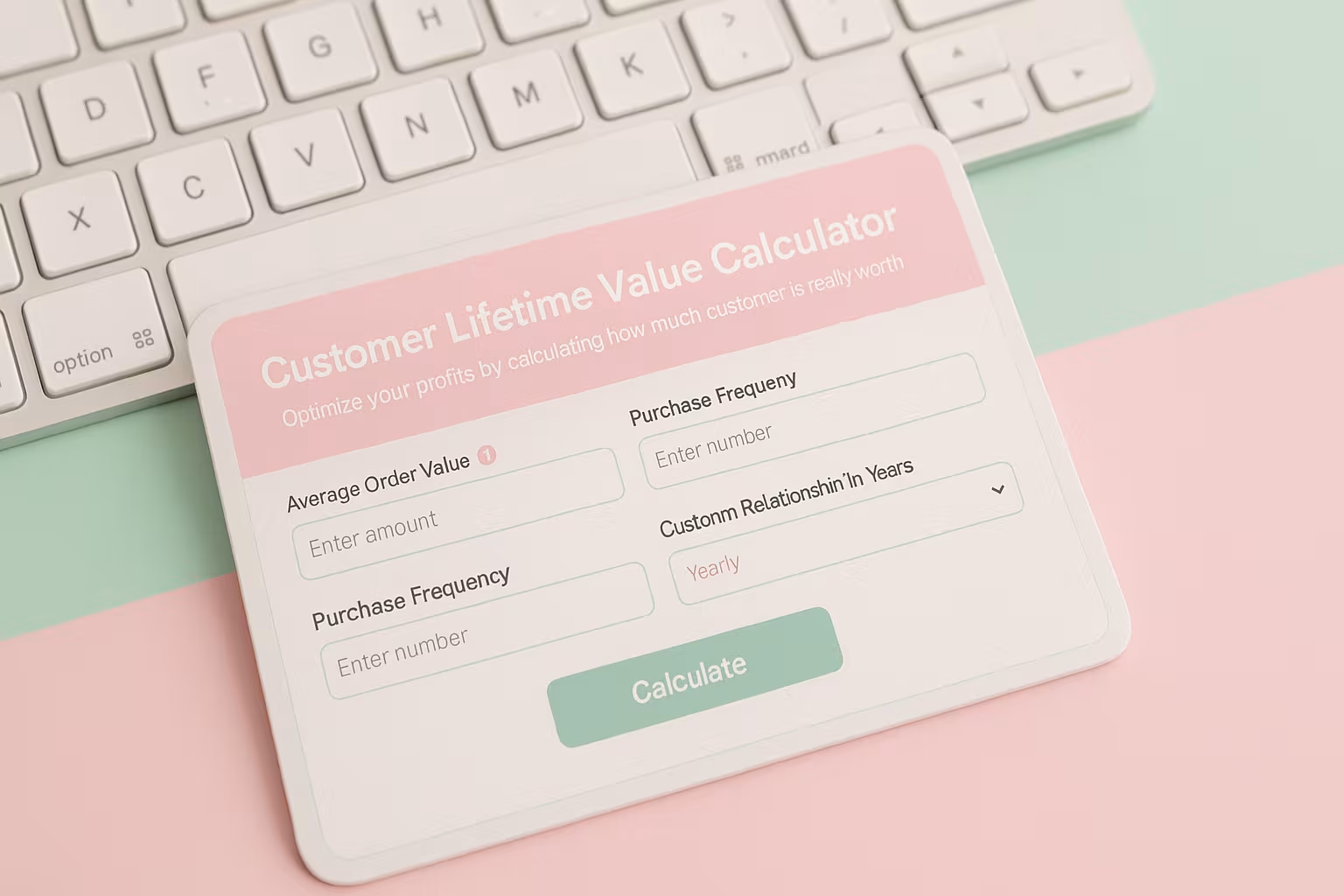
Customer Lifetime Value Calculator: Unlock Your E-commerce Revenue Potential
